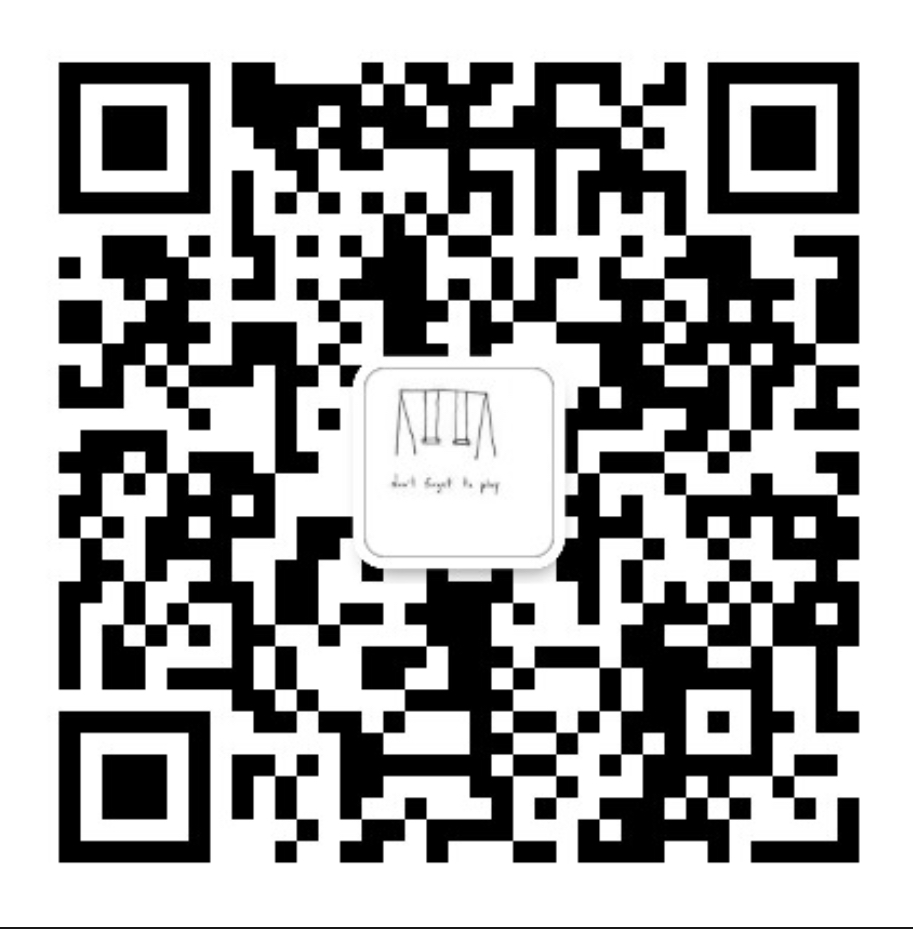The 3 Types of EMI Shielding
EMI shielding, or electromagnetic shielding, as it is officially called, is the process of shielding an area or component from electromagnetic waves using a barrier of conductive or magnetic materials. This kind of shielding is necessary in a variety of applications, from protecting internal components of computers and other sensitive equipment from electromagnetic waves to protecting workers from harmful electromagnetic waves in a factory setting. EMI shielding companies are extremely important, as they provide many other industries with the ability to protect themselves from damaging electromagnetic waves. Most EMI shielding companies use a variety of shielding materials based on the use of the equipment to protect the space or the equipment from the harmful waves, including:
Sheet metal: The original material used for EMI shielding was sheet metal. It is still used today in many industries to protect an area or space from electromagnetic waves. Usually, the metal is charged with a conductive charge to block the radiation waves from passing through the metal. The conductive surface of the metal prevents the waves from passing through the metal.
Copper or nickel ink: Copper and nickel ink act the same as the thicker sheet metal EMI shields. The main difference between the two shields is the thickness. The copper and nickel shields are painted onto a surface and provide a thin shield for smaller parts, usually in electronic devices, such as computers.
Metal screen: A metal screen must have small enough holes that the radiation waves cannot pass through the mesh. It is rare for a single screen to have smaller holes than radiation waves, but sometimes a combination of several meshes with holes in different locations are used to protect the item from the dangerous waves. Metal screens are often used as part of the safety devices and radiation blocks in a microwave oven.
 PCB Shielding Cover_Metal stamping parts _Heat Sink
PCB Shielding Cover_Metal stamping parts _Heat Sink

